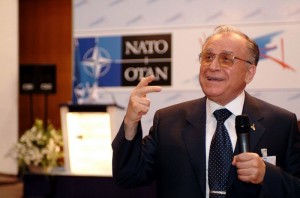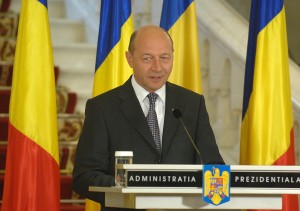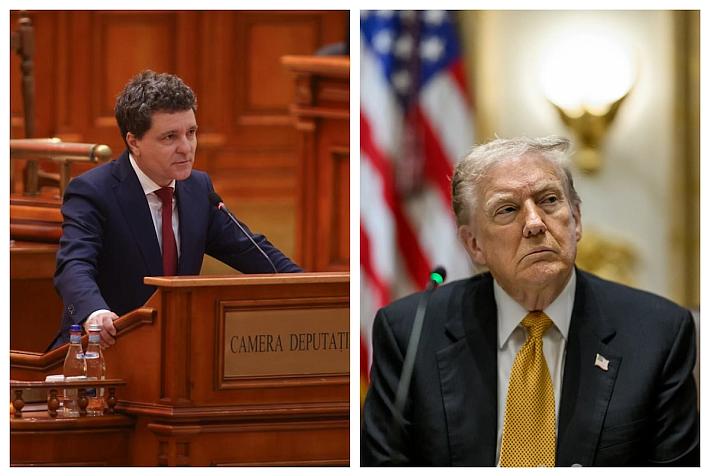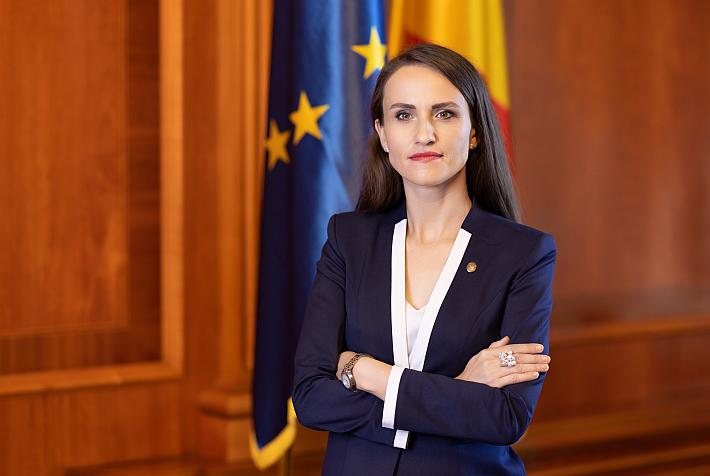Making of Romania: the 1989 revolution and the road to democracy


After 1989, Romania had to go through a long and at times painful transition towards democracy. The legacy of over 50 years of communism rule could not be eliminated so quickly, but the country made some important steps in the meanwhile.
By Alexandra Fodor
Even before the execution of Nicolae and Elena Ceausescu, a group of Communists formed the National Salvation Front (NSF) and took control of the country. The figure who emerged as the new leader was Ion Iliescu, a Communist Party official who had fallen out of favor with Ceausescu in the 1970s. On 26 december 1989, the Council of National Salvation (CNSF) named Ion Iliescu president and abolished the most unpopular measures of Ceausescu’s regime, such as bans on abortion and contraception.
Presidential and parliamentary elections were held on May 20, 1990. The elections were a success for Iliescu who won over 85% of the votes and for his party, the National Salvation Front which won two-thirds of the seats in Parliament (66, 31% of votes). After of the party's victory in the May 1990 elections, Petre Roman became prime minister and Iliescu president.

In April 1990, unhappy with the direction the country was heading towards, Bucharest protesters took to the streets. Iliescu denounced the demonstrators, led by students and university professors, as “hooligans” and in response called the Romanian miners to quash the protests. The miners also attacked the headquarters of several political parties and houses of opposition leaders. Later, President Iliescu expressed public thanks. A year later the miners were back in the capital demanding higher wages and better living conditions, and this eventually brought down the government.
The economic decline accelerated during the 1990s. The Romanian Parliament drafted a new democratic constitution that came into force by the end of 1991. Iliescu returned to office in 1992 but in 1996 lost the presidency to Emil Constantinescu of the center-right Democratic Convention who promised to end corruption and to launch economic reforms. In the presidential elections of 2000, Iliescu returned to power, after victory over the far-right candidate Corneliu Vadim Tudor. The prime minister at the time, Adrian Nastase was accused of corruption, bribery, money laundering, trafficking influence and censorship.
The nationwide referendum which was held in October 2003 approved major amendments to the constitution, in order to bring Romania's organic law into compliance with European Union standards. In 2004, Romania was accepted into NATO and in the same year EU confirmed its strong support for Romanian’s goal to join the union in 2007.

On November 28, 2004 Romania held parliamentary elections and the first round of presidential elections. The presidential candidate from the Social Democrat Party (PSD), Adrian Nastase was defeated by the charismatic mayor of Bucharest, Traian Basescu, a former ship captain. Basescu appointed PNL (National Liberal Party) leader Calin Popescu-Tariceanu as prime minister, whose government was approved by the Parliament on December 28, 2004. The country’s EU accession, on January 1, 2007 has been a great boost to its economy and self image.
Relations between Basescu and his prime minister soon deteriorated, the president was temporarily suspended and the Romanian Parliament initiated an impeachment referendum, accusing him of violating the Constitution. The results of the referendum failed to confirm the impeachment: 24, 75% voted to impeach Basescu, and 74, 48 % to maintain his as president. Traian Basescu is the first president in the history of Romania who has been officially suspended.
Following parliamentary elections on November 30, 2008 a majority PDL/PSD coalition led by PDL Prime Minister Emil Boc governed until October 2009, when it was dismissed. The PDL ruled as a caretaker government until a new coalition government was formed in December 2009, made up of the PDL, UDMR, and some National Union for the Advancement of Romania (UNPR) members and independents.
Presidential elections were held in November 2009 when President Traian Basescu and Senate President Mircea Geoana went on to a runoff. The December 2009 runoff election resulted in a narrow victory for Basescu, who was inaugurated later that month for a second 5-year term.
Which brings us to the present day. After several years of economic increase, the country started to see its economy declining. As with many of its neighbor countries, Romania's unemployment rose, businesses posted lower revenues – all on the background of political bickering. It was in 2009 when Romania signed a stand-by agreement with the International Monetary Fund and with other international institutions for a loan of EUR 20 billion. The ongoing loan is not the first such agreement with the IMF after 1989. The first one came immediately after the 1989 revolution, and several others followed, to support the (still) newly emerged market economy.
alex@romania-insider.com












